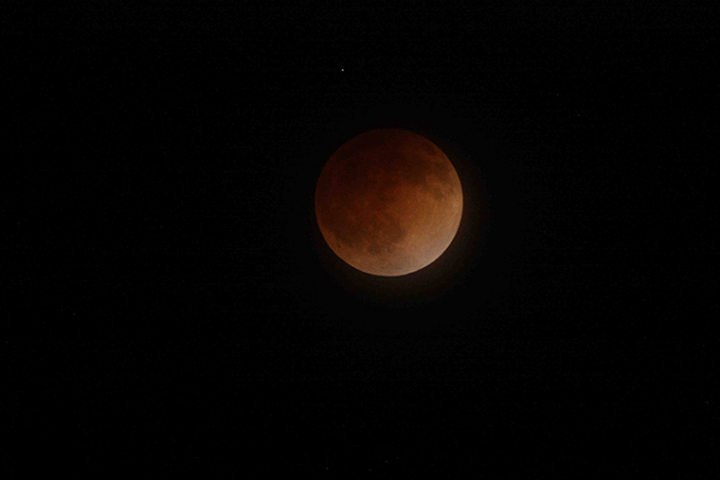The summer solstic arrives in Australia on Saturday, December 21, 2024, marking the longest period of daylight in the Southern Hemisphere. The exact moment occurs at 8:20 PM AEST, when Earth’s Southern Hemisphere reaches its maximum tilt toward the Sun.
Melbourne residents will experience 14 hours and 47 minutes of daylight, with sunrise at 5:54 AM and sunset at 8:41 PM. Hobart leads Australian capital cities with 15 hours and 21 minutes of daylight, while Darwin receives 12 hours and 51 minutes, demonstrating the variation across latitudes.
Earth’s Science at Work
Bernie Hobbs explains the astronomical mechanics: “In summer, days are longer because more hours are spent facing the Sun. They’re hotter because we’re facing the Sun more head-on — so we get hit by more rays of sunlight than if we were on an angle.”
The Earth’s 23-degree axial tilt creates this seasonal pattern. After December 21, days gradually shorten until the winter solstice on June 21, 2025.
Capital Cities’ Daylight Hours:
- Adelaide: 14 hours, 31 minutes
- Brisbane: 13 hours, 52 minutes
- Canberra: 14 hours, 33 minutes
- Perth: 14 hours, 14 minutes
- Sydney: 14 hours, 24 minutes
Photographers Capture Nature’s Display
Award-winning photographer David Rogers documents the solstice annually at Wallagoot Gap, Bournda National Park. “The summer solstice offers a rare chance to frame the southernmost sunrise angles against iconic landmarks,” Rogers states. His 2022 solstice photograph won the NSW National Parks and Wildlife Service competition’s “landscapes and vistas” category, competing against over 8,000 entries.
Similar Posts
Natural Phenomena
At Rockhampton’s Capricorn Caves, straddling the Tropic of Capricorn, the sun positions directly overhead at midday during solstice. A small sinkhole in the cave roof creates a concentrated beam of light, visible only near the solstice period.
Seasonal Changes
The changing daylight hours mark the transition of seasons in Australia’s natural environment. The extended daylight period characterizes the peak of summer in the Southern Hemisphere.
Times by Region:
- AWST: 5:19 PM
- ACST: 6:49 PM
- AEST: 7:19 PM
- ACDT: 7:49 PM
- AEDT: 8:19 PM


















